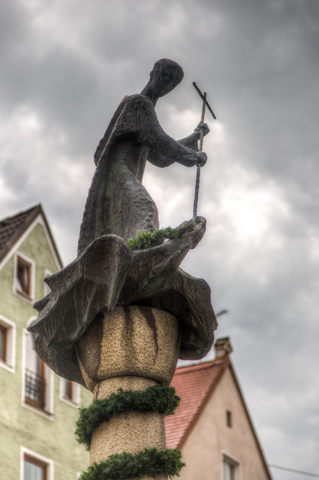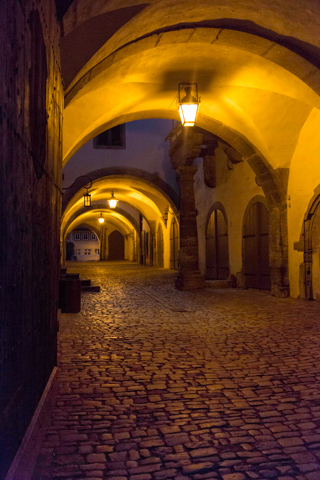
This is a tunnel under the building at street level.
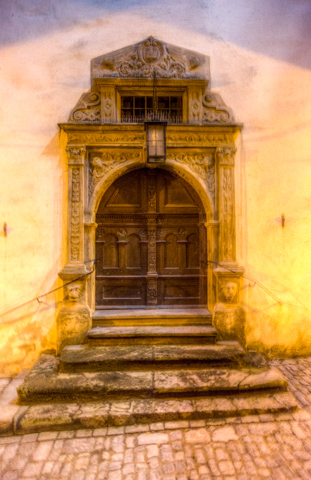
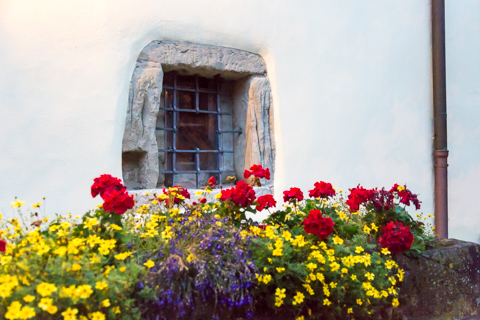
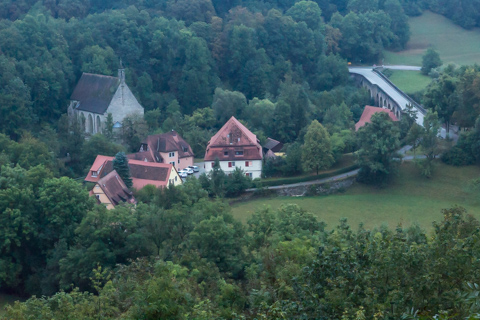

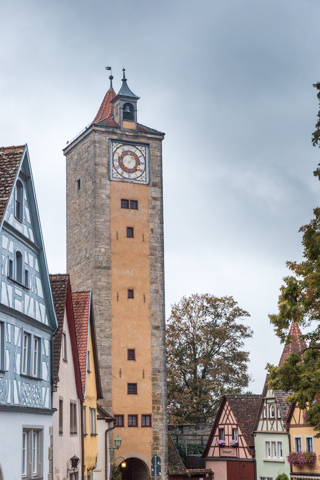
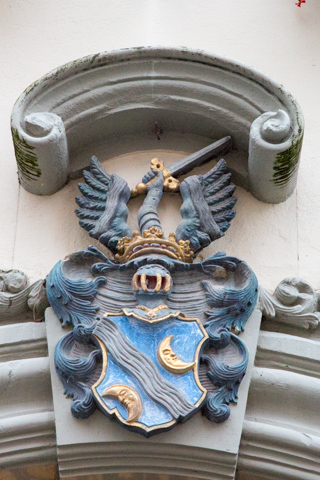
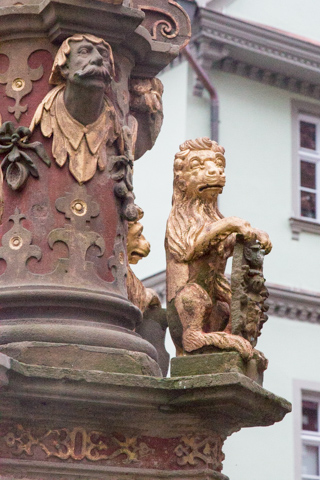
The St. George and Herterich fountain has been located on the market square since 1446.
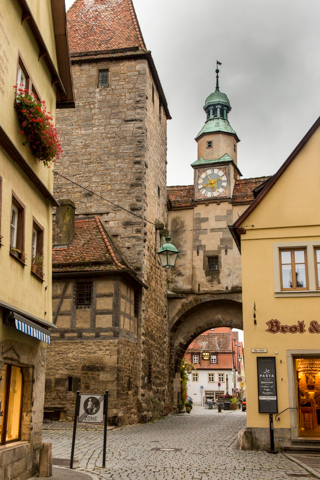
When Cal went out at 0600 to walk the Rick Steves tour the bakery was already serving customers.
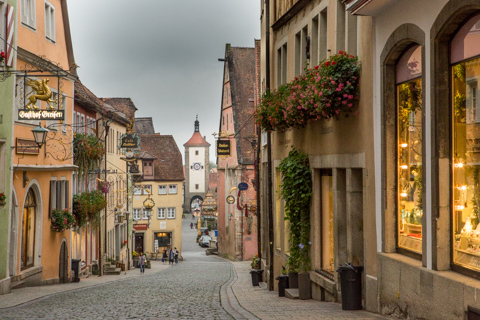
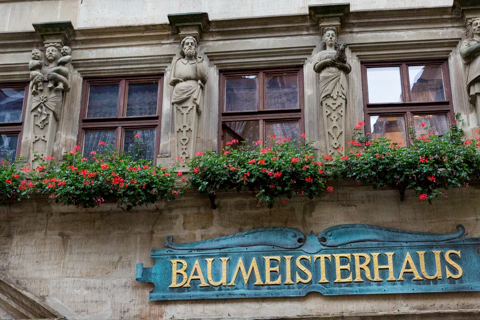
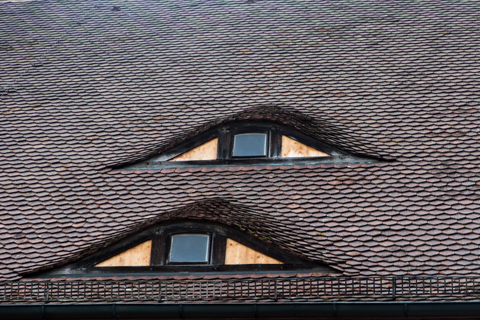
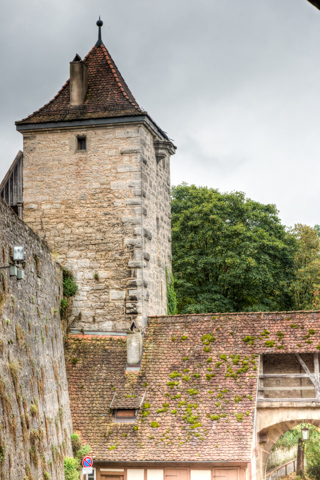



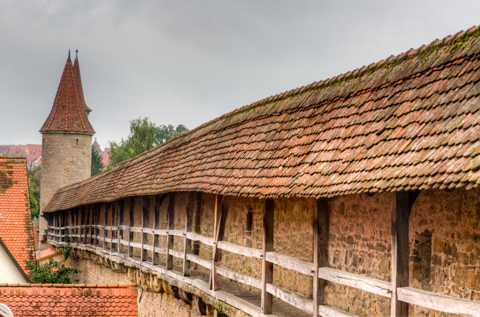
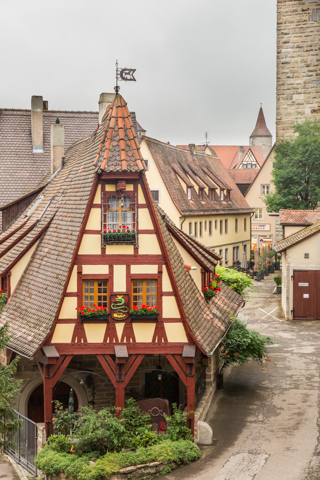
This house was completely destroyed during an air attack in 1945. Since 1951 it was rebuilt with its elegant gable, the pretty windows and the colorful coat of arms. The coat of arms is between the two lower windows and is a crowned serpent is a creation of the legendary blacksmith Georg Gerlach. Since 1967, the blacksmith shop has been closed and has been in private hands ever since.
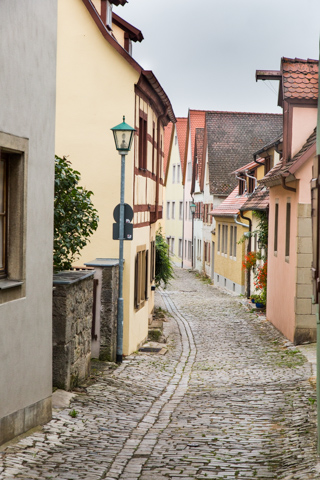
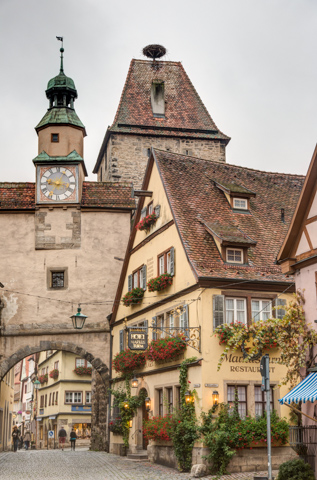

The church was built between 1311-1484 and serves as a church on the pilgrimage route to St. James Church in Santiago de Compostela, Spain.
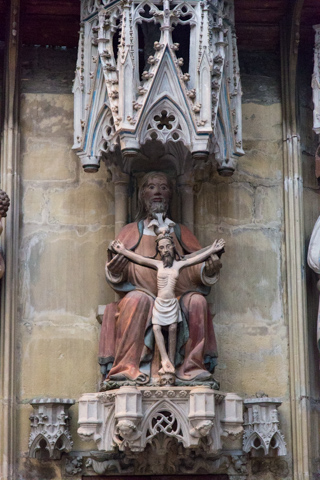
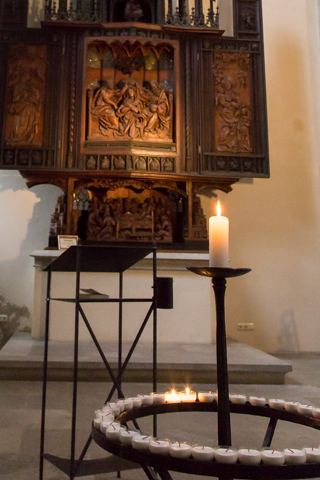
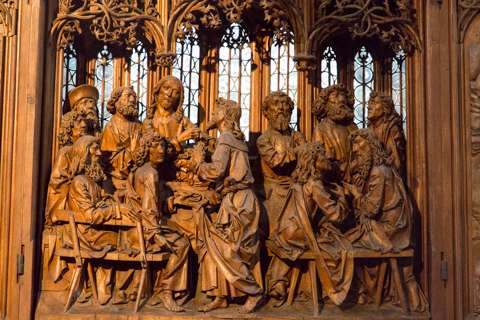
Its Western gallery contains the famous Holy Blood altarpiece carved 1500-1505, which includes a rock crystal reliquary cross (c. 1270).
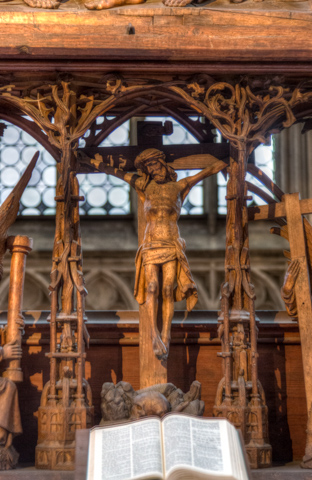
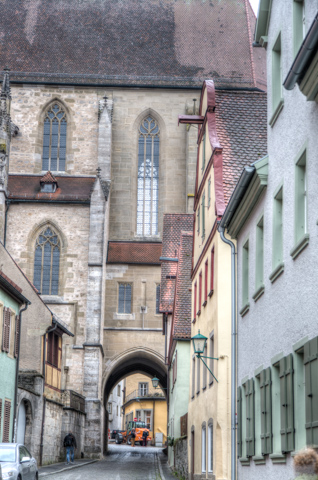
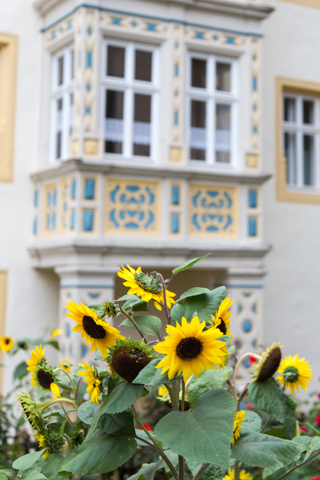
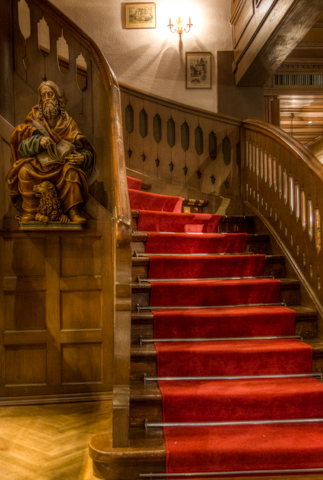
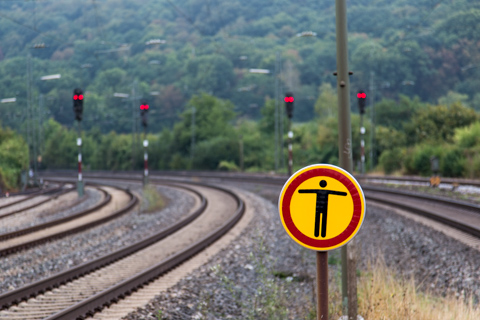
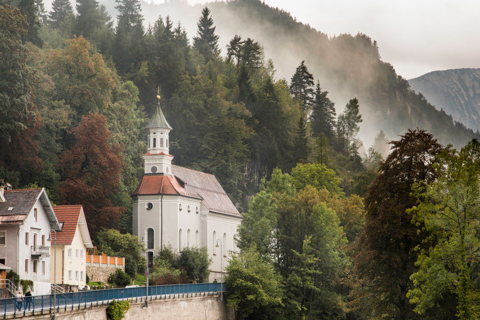
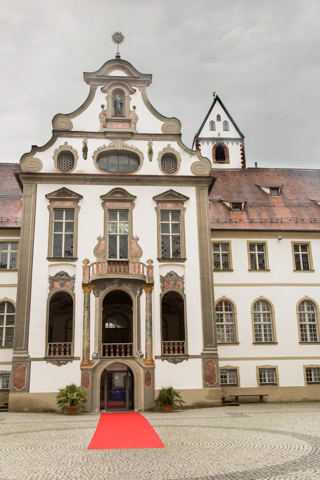
The baroque complex of the former Benedictine monastery of St. Mang rises magnificently on the banks of the river Lech. Its history dates back to the 8th century, when Magnus, a patron of the city, founded a monastic cell as a missionary.
